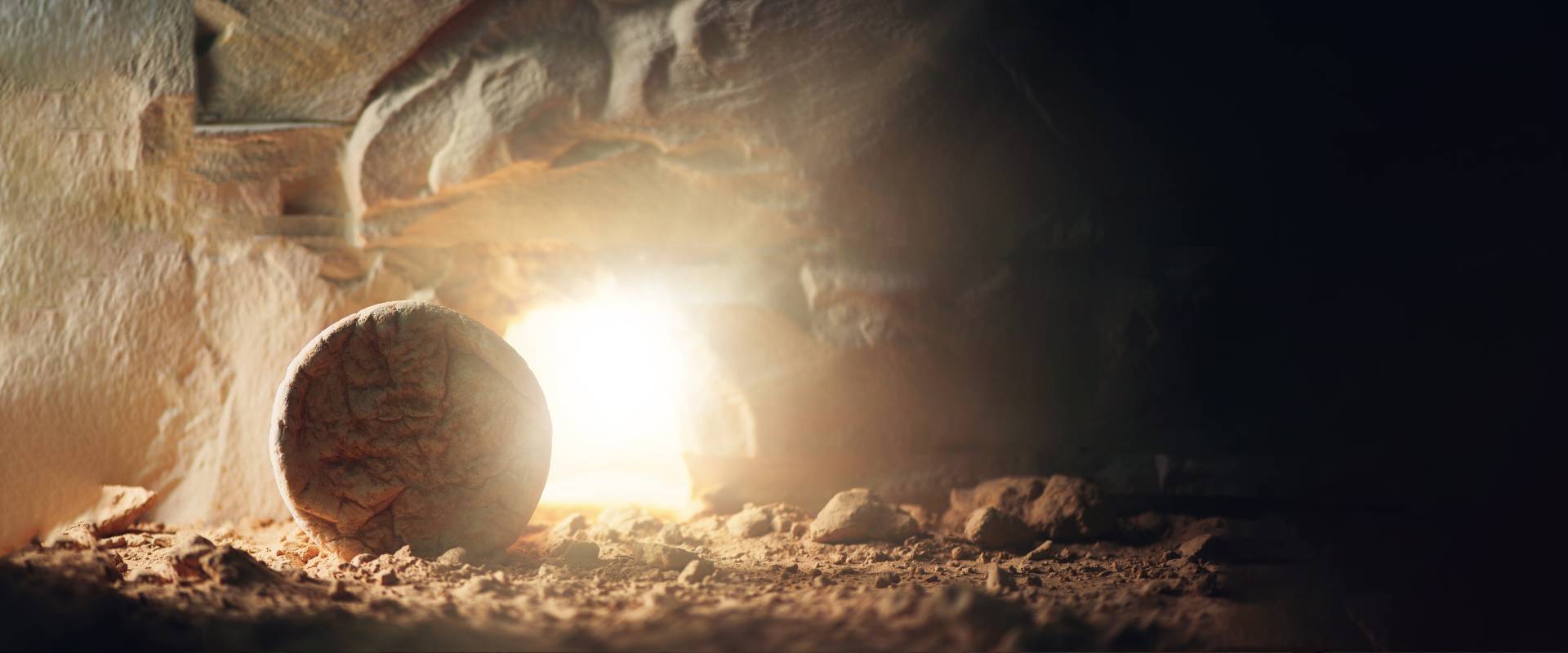- by Carrie Shaw
- on September 2, 2025
That Jesus existed, there is no doubt. There is a great deal of written historical evidence, both from Christian and non-Christian writers, supporting the fact that Jesus was a genuine historical figure, living at the beginning of the first century AD. When applying the standard criteria of historical investigation, virtually all New Testament and Near East historians assert the historicity of Jesus as certain.
Dr Michael Grant (1914-2004) wrote “Jesus: An Historian’s View of the Gospels,” published in 1977. In it, he applied the standard disciplines of the historian’s profession and reached the conclusion that the four Gospels are sufficiently reliable to deserve the utmost respect. Subsequent discussions about the historical Jesus widely reference his work.
“If conventional standards of historical textual criticism are applied to the New Testament, we can no more reject Jesus’ existence than we can reject the existence of a mass of pagan personages whose reality as historical figures is never questioned.” – Michael Grant, Historian
Nearly all modern scholars are also in agreement about two key events in Jesus’ life, which they consider to be accurate and certain – that of his baptism and of his crucifixion.
“There is a consensus of sorts on the basic outline of Jesus’ life” in that most scholars agree that Jesus was baptised by John the Baptist, and over a period of one to three years debated Jewish authorities on the subject of God, gathered followers, and was crucified by Roman prefect Pontius Pilate who officiated 26–36 AD.” – Amy Jill Levine
The criterion of embarrassment is used as the metric for establishing events such as Jesus’ baptism and crucifixion. Both events are considered to be accounts which would cause a high degree of embarrassment to the author and would therefore have no reason to be invented. Christians simply would not have invented the painful death of their leader, nor the baptism of Jesus by John, as it is a story in which John baptised for the remission of sins and Jesus was viewed as without sin. The conclusion then is that these events are historically accurate.
The Resurrection of Jesus – Who Was He Really?
The debate therefore is not whether Jesus existed, but whether he was who he said he was. He claimed to be the son of God (John 5:25, John 10:36, John 1:4, John 17:1). He claimed to be the promised deliverer of the Old Testament (John 11:25; Luke 4:17-21, John 18:37, Luke 24:27). Not only that, he claimed that he would be betrayed, put to death and after three days would be resurrected to life again.
“The Son of Man is going to be betrayed into the hands of his enemies. He will be killed, but three days later he will rise from the dead.” – Mark 9:31, NLT
It is easy to discount these claims as the words of a highly charismatic Jewish prophet, who met a cruel death at the hands of Roman power.
“That he was crucified is as sure as anything historical can ever be, since both Josephus and Tacitus … agree with the Christian accounts on at least that basic fact.” – John Dominic Crossan
What is more difficult to explain is how Jesus could have orchestrated his own death in such a way so as to corroborate with prophecy, or, more to the point, why he would even want to.
What is more confusing and unexplainable is the effect that Jesus’ death had on his followers. If, as history supposes, Jesus was a common man who lived a somewhat extraordinary life, it is hard to explain the complete explosion of the Christian faith in the years that followed. It was, after all, founded on the basis of “a risen Christ”. If this was a fabrication, the rulers only had to produce the body to prove the assertion to be false. If the disciples themselves had stolen the body, it seems psychologically improbable that their story, or their conviction, would be believable or maintainable, they themselves knowing it to be false.
We have the account of Thomas, the doubter, Peter, the denier, a small group of fishermen, a gathering of a few women – simple and ordinary people without status or connections who, within a relatively short passage of time (only some six or seven weeks), were completely transformed by a profound conviction.
“The actual position is peculiar and, I believe, quite unique in history. It is that the whole party, including the nine men who had fled at the arrest, and certain independent persons who have not previously come into the story, were convinced that something had occurred which changed their entire outlook. It turned their dejection into triumph and their sorrow into an intense joy.” – Frank Morrison
Despite perhaps wanting to believe otherwise, the story of the arrest, death and resurrection of Jesus carries a strange ring of authenticity. Nothing can account for the strangeness of the narrative in the Gospels. The moved stone, the empty tomb, the baffled religious leaders, the transformed disciples – let’s be honest – “by the ordinary standards of human reasoning, the mystery attached to the person of Christ ought to have terminated with his death and burial” (Frank Morrison).
It isn’t our intention in this post to prove conclusively the resurrection of Jesus from the dead. It is simply to bring the reader’s attention to a subject, which on first glance, is assumed by many to be fabrication, but on closer inspection seems to arrive at no other explanation that that which is claimed – that Jesus did in fact rise from the dead, as asserted in the Bible!
Who Moved The Stone?
This article is a extremely condensed summary of the excellent book by Frank Morrison, entitled “Who Moved The Stone?” For anyone with a genuine interest in examining the historical accuracy of the Bible’s claims regarding the resurrection of Jesus, this book is highly recommended.
Frank himself confesses that he set out to write quite a different book. He first began to sturdy the life of Christ as a young man and did so with a very definite feeling that the history of Jesus rested on very insecure foundations. He wasn’t wrong in his concerns – there was an entire school of thought throughout the ‘nineties that denied even the historical existence of Jesus. Frank Morrison didn’t find himself in this group at all – he says that “for the person of Jesus Christ, I had a deep and almost reverent regard.” but he wanted to write an article, more for his own peace of mind than publication, about the supremely important and critical phase in the life of Christ – his last seven days. Ten years later, the opportunity fully arrived to study the subject as he had first wanted, and “slowly but very definitely the conviction grew that the drama of those unforgettable weeks of human history was stranger and deeper than it seemed.“
The Christian faith hinges completely on this key doctrine of the literal resurrection of Jesus. Without the veracity of this event, Christianity falters. The Gospel isn’t the good news of anything and we would have to concede that the world had been duped by one of the great delusions in history.
Of course, this conundrum is for every person to consider and decide for themselves. However, there are certain questions and discrepancies that cannot be easily explained away. We believe that an honest examination of all the facts leads to an irresistible logic of their meaning.
“Now, let me ask you something profound yet troubling. If you became believers because you trusted the proclamation that Christ is alive, risen from the dead, how can you let people say that there is no such thing as the resurrection. If there’s no resurrection, there’s no living Christ. And face it – if there’s no resurrection for Christ, everything we’ve told you is smoke and mirrors, and everything you’ve staked your life on is smoke and mirrors. Not only that, but we would be guilty of telling a string of bare-faced lies about God, all these affidavits we passed on to you verifying that God raised up Christ – sheer fabrications if there’s no resurrection. If corpses can’t be raised, then Christ wasn’t, because he was indeed dead. And if Christ weren’t raised, then all you’re doing is wandering about in the dark, as lost as ever…but the truth is, Christ has been raised up, the first in a long legacy of those who are going to leave the cemeteries.” 1 Corinthians 12-20, MSG
To purchase “Who Moved The Stone” by Frank Morrison, Click Here






